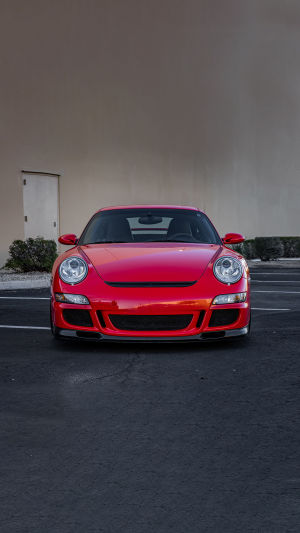Car paint is a prominent feature in a vehicle's aesthetic appeal, introducing vibrant colors and acting as a protective shield, enhancing durability and resisting corrosion.
There are many types of car paint, each with its unique advantages.
Diverse Types of Car Paint:
Solid Color Paint:
Enhanced Practicality: This is the fundamental car paint type suitable for daily use. It offers an even, vibrant color, ensuring simplicity and practicality in application.
Metallic Paint:
Luxurious Appeal: Incorporating metal particles, this type lends a unique metallic texture commonly found in high-end vehicles. It creates a mesmerizing sparkling effect when exposed to sunlight.
Pearlescent Paint:
Dimension and Gloss: By introducing minute particles to the base color, pearlescent paint elevates the three-dimensionality and gloss of the vehicle, providing a distinctive and sophisticated appearance.
Matte Paint:
Sports Car Aesthetics: Commonly seen on sports cars, matte paint delivers a distinctive appearance and effectively conceals minor scratches, combining style with functionality.
Advantages of Car Paints:
Beauty and Personalization: Car paint primarily enhances a vehicle's appearance, allowing car owners to express their unique tastes and personality.
Body Protection: Beyond aesthetics, car paint acts as a shield, protecting the vehicle from environmental factors like UV rays, acid rain, and corrosion.
Durability: High-quality car paint maintains long-term durability, resisting peeling and fading, which is crucial for sustaining the vehicle's appearance and resale value.
Anti-Corrosion: The anti-corrosion properties of car paint on the metal surface are essential, forming a protective film against oxygen, moisture, and other corrosive elements.
Automobile Paint Production Process:
The production of automobile paint is a meticulous process involving several crucial steps:
Surface Preparation: Before painting, meticulous surface preparation, including cleaning, sanding, and rust removal, ensures a smooth and clean surface, facilitating paint adhesion.
Primer Application: Primer application is a key step in providing adhesion, filling small depressions, protecting against corrosion, and laying a solid foundation for the subsequent paint film.
Topcoat Application: The topcoat determines the final color and shine, allowing for adding effects like metallic or pearlescent to create diverse and colorful car paint.
Drying and Polishing: After painting, the car body undergoes drying to ensure paint film quality. Subsequent polishing enhances smoothness and delicacy and adds a lustrous finish.
Car Paint Touch-Up Considerations:
While touch-ups are common in routine vehicle maintenance, careful handling is essential. Consider the following touch-up issues:
Color Matching: Ensure the chosen paint color precisely matches the original to prevent color disparities during repainting.
Technical Requirements: Touch-ups require skills and experience; improper application may lead to uneven paint film, blistering, or peeling.
Environmental Control: Conduct touch-ups in a suitable environment to prevent dust, humidity, and other external factors from affecting the paint film.
Paint Thickness: Avoid excessive paint thickness, as it may destabilize the film, leading to issues like cracking and peeling.
In conclusion, automobile paint is pivotal in manufacturing and maintaining vehicles. Choosing the right type, understanding the production process, and employing precise touch-up techniques contribute to sustaining the vehicle's aesthetic appeal and longevity.





